A scaffolding structure that betrays in scope its bird-trapping origins[1]; an erected rectangular red brick wall built to then be demolished following a seventeen day period[2]; a fully foliated panda house that one can peer into but not access[3]. These are but worded examples of the immersive installations created by the Beijing-based artist Wang Wei (b. 1972). Conceived not so much as artworks but rather vehicles for situating artifice in the context of life, Wang Wei actively appropriates existing spaces and visual elements, which he then enlarges and adapts to a gallery setting. Through this intrinsic process of attack, engagement and decontextualisation, he questions the veracity of natural forms before fresh eyes and constructs windows for investigating new layers of meaning.
A graduate from the Fresco Painting Department of the Central Academy of Fine Arts in 1996, Wang Wei was already concerned with the principle tenets of space, viewer interaction and sensory perception. It was being a part of the artistic and curatorial ‘Post-Sense Sensibility’ movement in the late 1990s early 2000s, however, that unleashed the further essential ingredient: an ad hoc spirit[4]. The group’s tendency to organise underground exhibitions, at times unrehearsed, sometimes shocking, solicited not only charged reactions but also brought Wang Wei’s work into the realm of performance, carved out of an autonomous space.
An important initial example is his work Temporary Space (2003); over the course of seventeen days the piece was built by ten migrant workers or ‘brickmongers’, enlisted by Wang Wei, whose livelihood consisted (and still does) of collecting bricks from demolished sites and reselling them to new constructions spaces. Using 20,000 bricks, they erected a square room measuring 100 sqm and 4 m in height inside the gallery space. A few days after completion, the work was torn down and the bricks taken away to be sold, thus fulfilling the cycle and activating a rhythm of construction and dismantling.
Over the course of his career Wang Wei has continued to create installation works that behold a performative element, which increasingly tend to the investigation of artifice. Since 2007, for example, Wang Wei has created a series inspired by the Beijing Zoo; upon a visit he was struck by the wall designs of the animal enclosures – were they intended for the humans or the animals? These evident fictions or “natural” habitats have since inspired multiple installations including A Zoo, No Animals 2 (2007) where he created a complete panda house off-site to visitors at the Kunsthalle Project Space, Vienna as well as the installation Natural History 6 (2013) at Observation Society in Guangzhou, where against a curved mural wall, Wang Wei confronted the viewer with the backdrop of the African Tortoise Cage; a mountainous Saharan background fronted by an incongruously replete and vivid blue lake.
Ultimately, Wang Wei’s works persist and thrive upon the challenges of immersion. On the one hand, by bringing these fractions of every day life and inserting them within the white cube, he decontextualises the original and – by nature of the supposed neutral surroundings – highlights the double fictions and absurd realities that reside within our daily surroundings. On the other hand, by altering the space of the white cube, he challenges the original spaces’ superiority, and breaks its supposed neutrality. Although no longer underground, Wang Wei has arguably set himself a greater challenge – that of facing a space with charged impressions of commercialism and exclusivity – and altering its meaning not through changing its architecture but rather immersing it in a constructed narrative sequence, replete with visual and bodily impressions.
Wang Wei’s work has been exhibited in numerous important exhibitions including: 12th Chinese Pavilion, International Architecture Exhibition, La Biennale di Venezia, Italy (2010); Shenzhen Hong Kong Bi-City Biennale of Architecture and Urbanism, Shenzhen, China (2009); The Real Thing: Contemporary Art From China, Tate Liverpool, UK (2007); Foreign Objects, Kunsthalle Wien Project Space, Vienna, Austria (2007); Beyond: The Second Guangzhou Triennial, Guangdong Museum of Art, (2005); A Second Sight, International Biennale of Contemporary Art, National Gallery in Prague, Czech Republic, (2005); Between Past and Future: New Photography and Video from China, International Center of Photography, New York (2004); The First Guangzhou Triennial, Guangdong Museum of Art, China, (2002).
1 Trap,Installation, Beijing.(2005)
2 Temporary Space,Installation and performance, Beijing(2003)
3 No Aminal 2,Installation,Kunsthalle Project Space, Vienna.(2007)
4 Yao Jiashan, Wang Wei: Borrowing from Reality(June 2012, p. 2)
Wang Wei B. Beijing, China, 1972

Mosaic tiles
400 x 1600 x 30 cm
Installation view of “Small World”, 2023 Taipei Biennial, Taipei Fine Arts Museum, Taipei, Taiwan

Mosaic tiles
400 x 1600 x 30 cm
Installation view of “Small World”, 2023 Taipei Biennial, Taipei Fine Arts Museum, Taipei, Taiwan
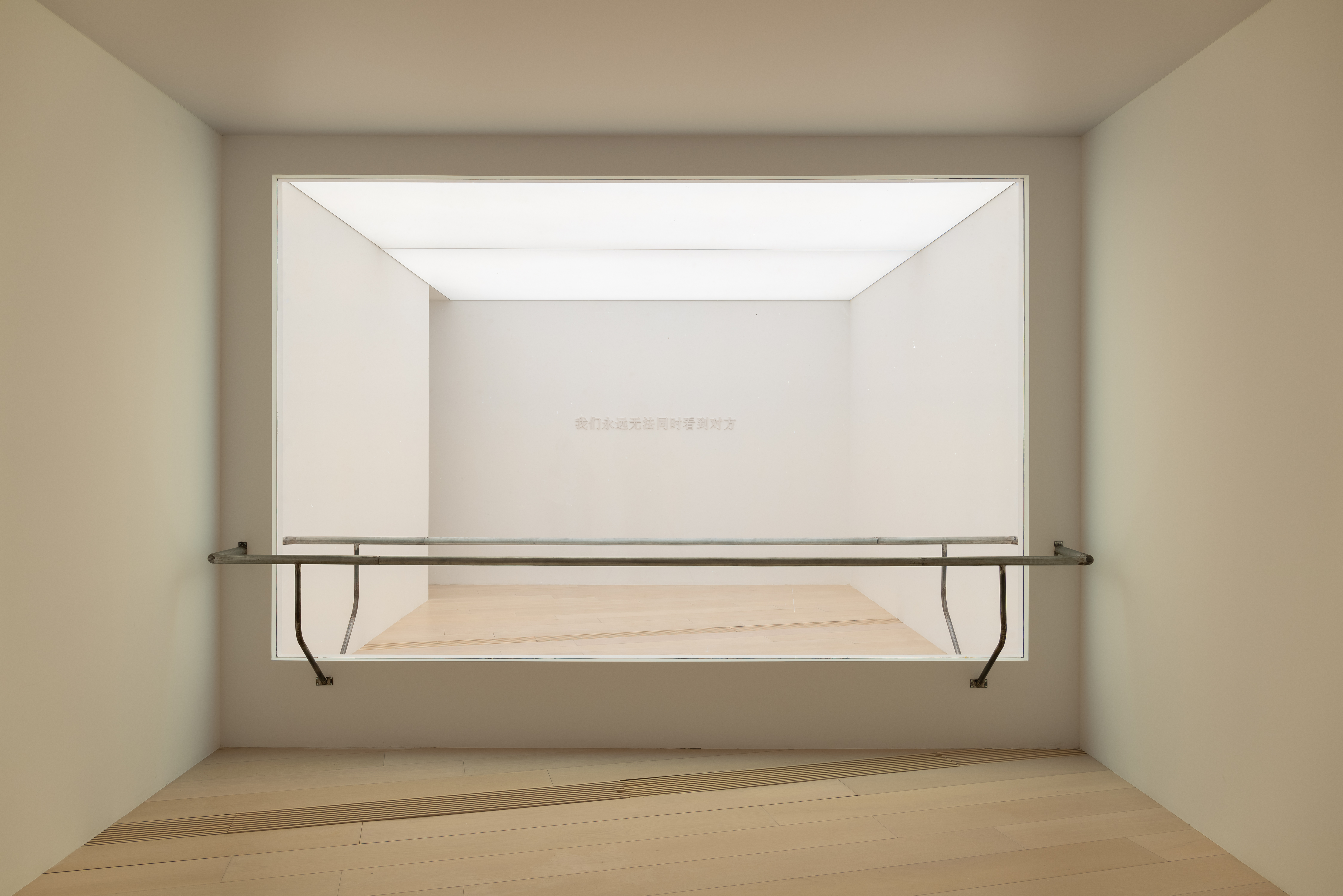
Tinted glass, light controller, plastic lettering, metal railing.
Dimensions variable.
Installation view, ‘Motion is Action’, BY ART MATTERS, Hangzhou, China.
Image courtesy of BY ART MATTERS.
Photo by Liuliu Jiang.
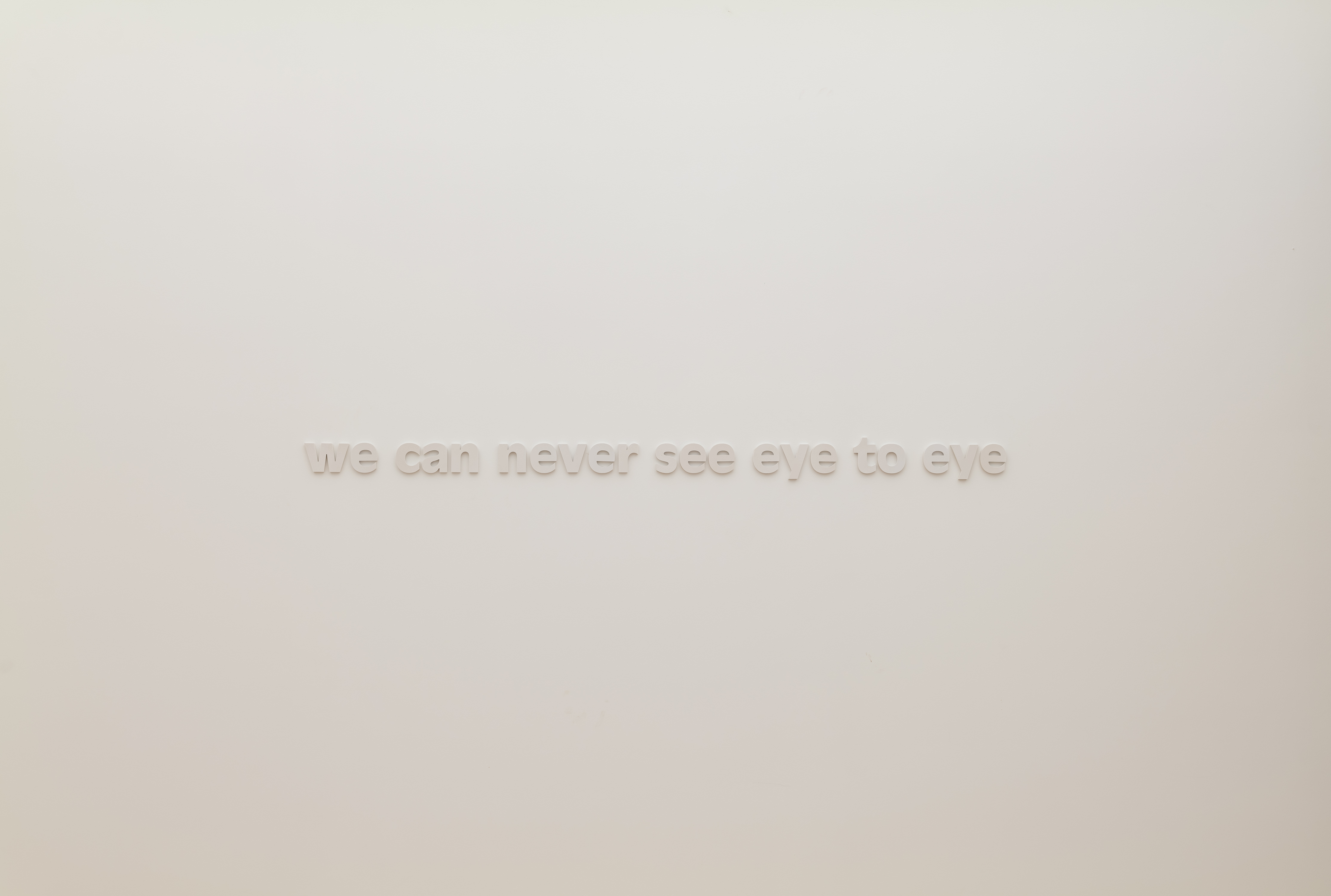
Tinted glass, light controller, plastic lettering, metal railing.
Dimensions variable.
Installation view, ‘Motion is Action’, BY ART MATTERS, Hangzhou, China.
Image courtesy of BY ART MATTERS.
Photo by Liuliu Jiang.
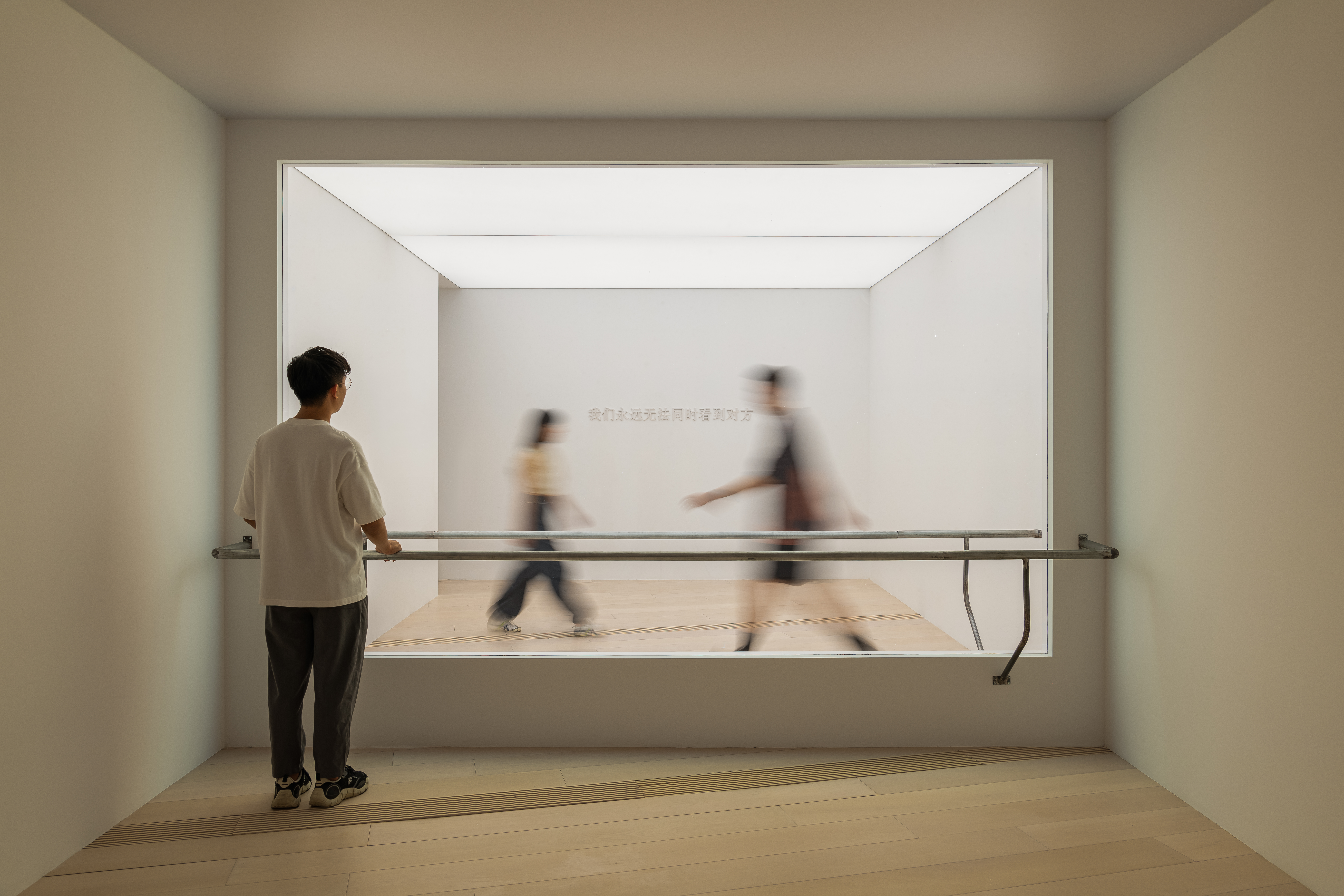
Tinted glass, light controller, plastic lettering, metal railing.
Dimensions variable.
Installation view, ‘Motion is Action’, BY ART MATTERS, Hangzhou, China.
Image courtesy of BY ART MATTERS.
Photo by Liuliu Jiang.
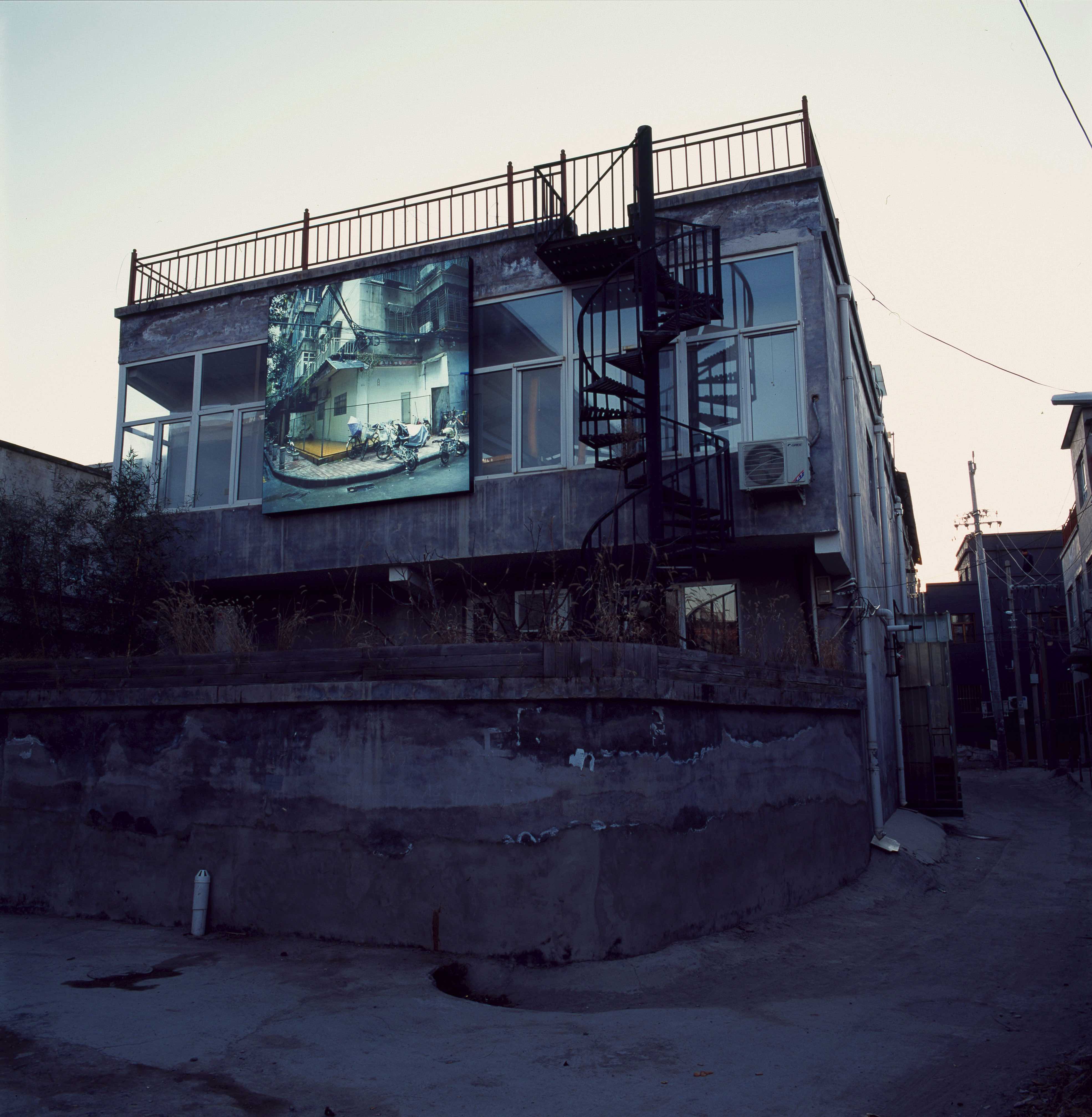
Light box, 300 x 300 x 10 cm
Installation view at ‘Utopia’, B.R.C. Space, Luoma Lake, Shunyi, Beijing, 2021
Courtesy of the artist
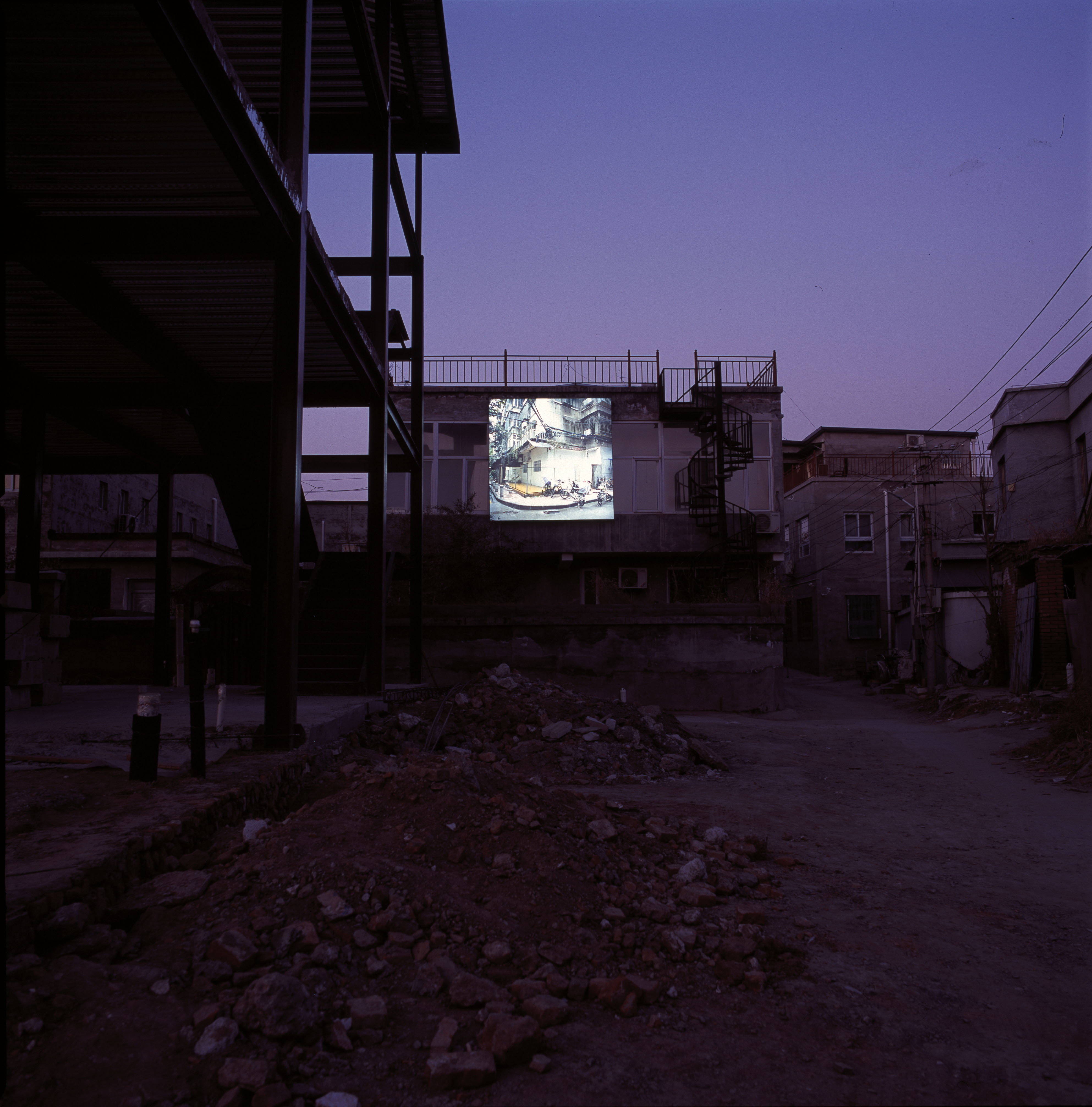
Light box, 300 x 300 x 10 cm
Installation view at ‘Utopia’, B.R.C. Space, Luoma Lake, Shunyi, Beijing, 2021
Courtesy of the artist
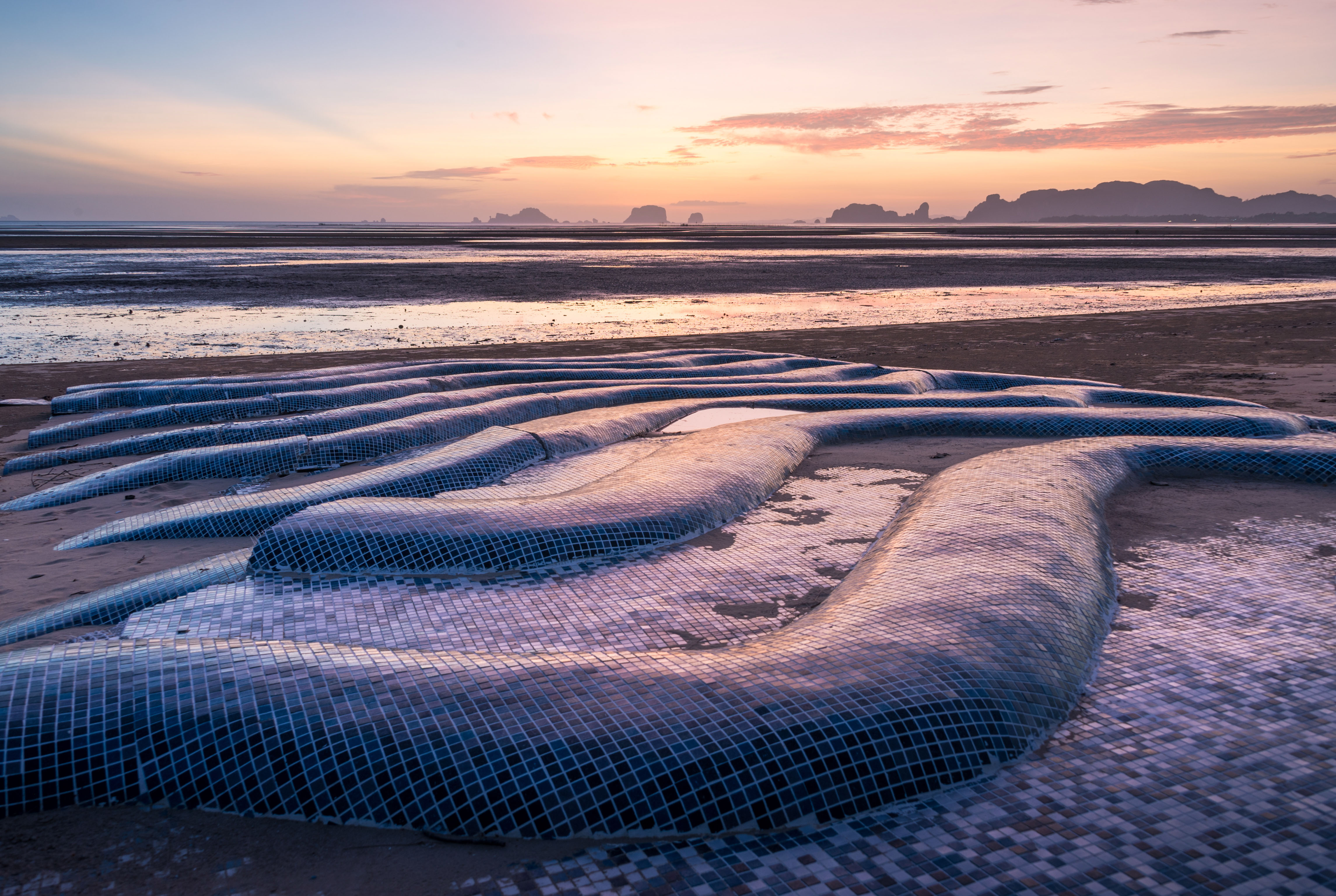
Thailand Biennale, Koh Klang island, Krabi, 2018
Courtesy of the artist and the Office of Contemporary Art and Culture, Thailand
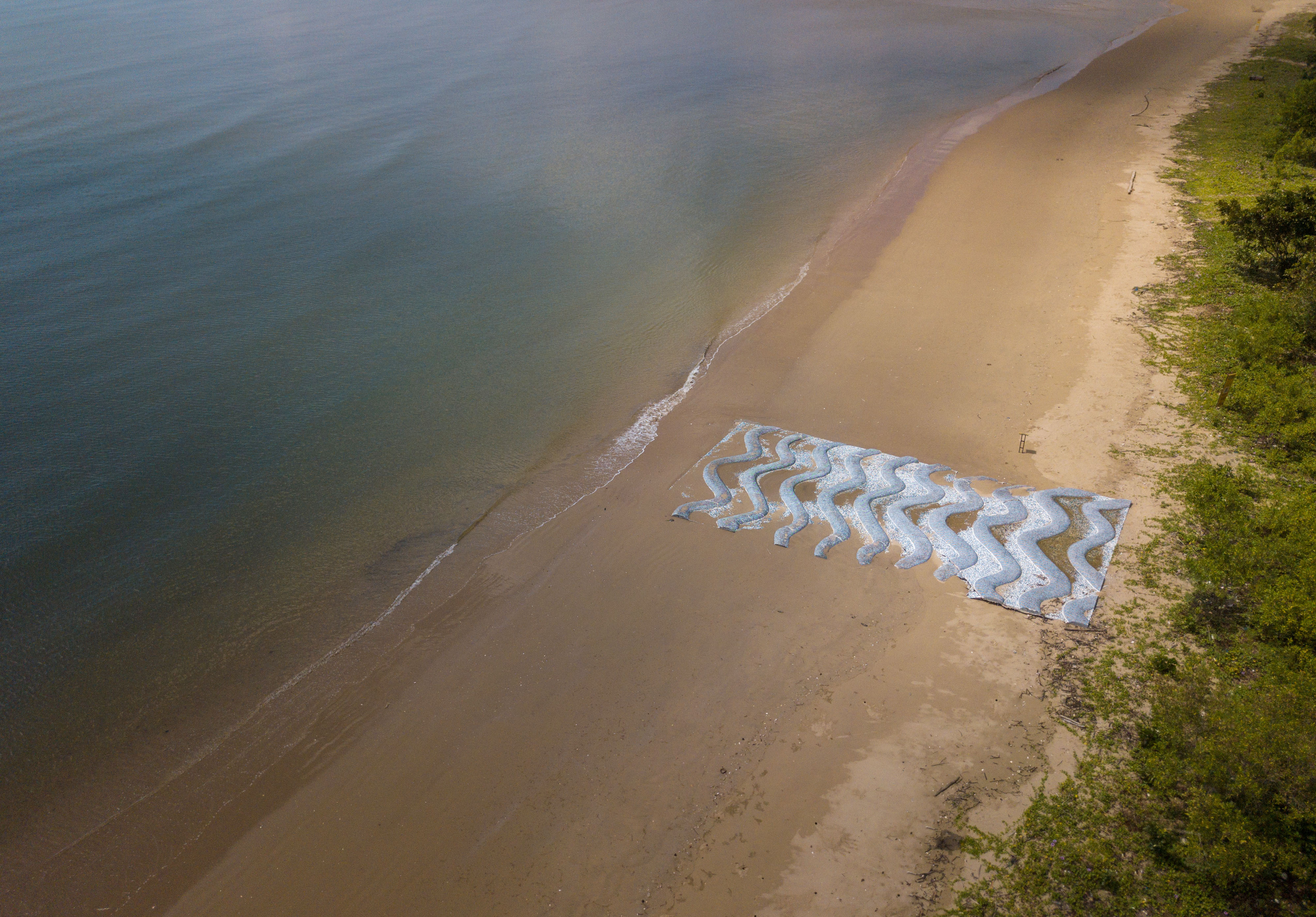
Thailand Biennale, Koh Klang island, Krabi, 2018
Courtesy of the artist and the Office of Contemporary Art and Culture, Thailand
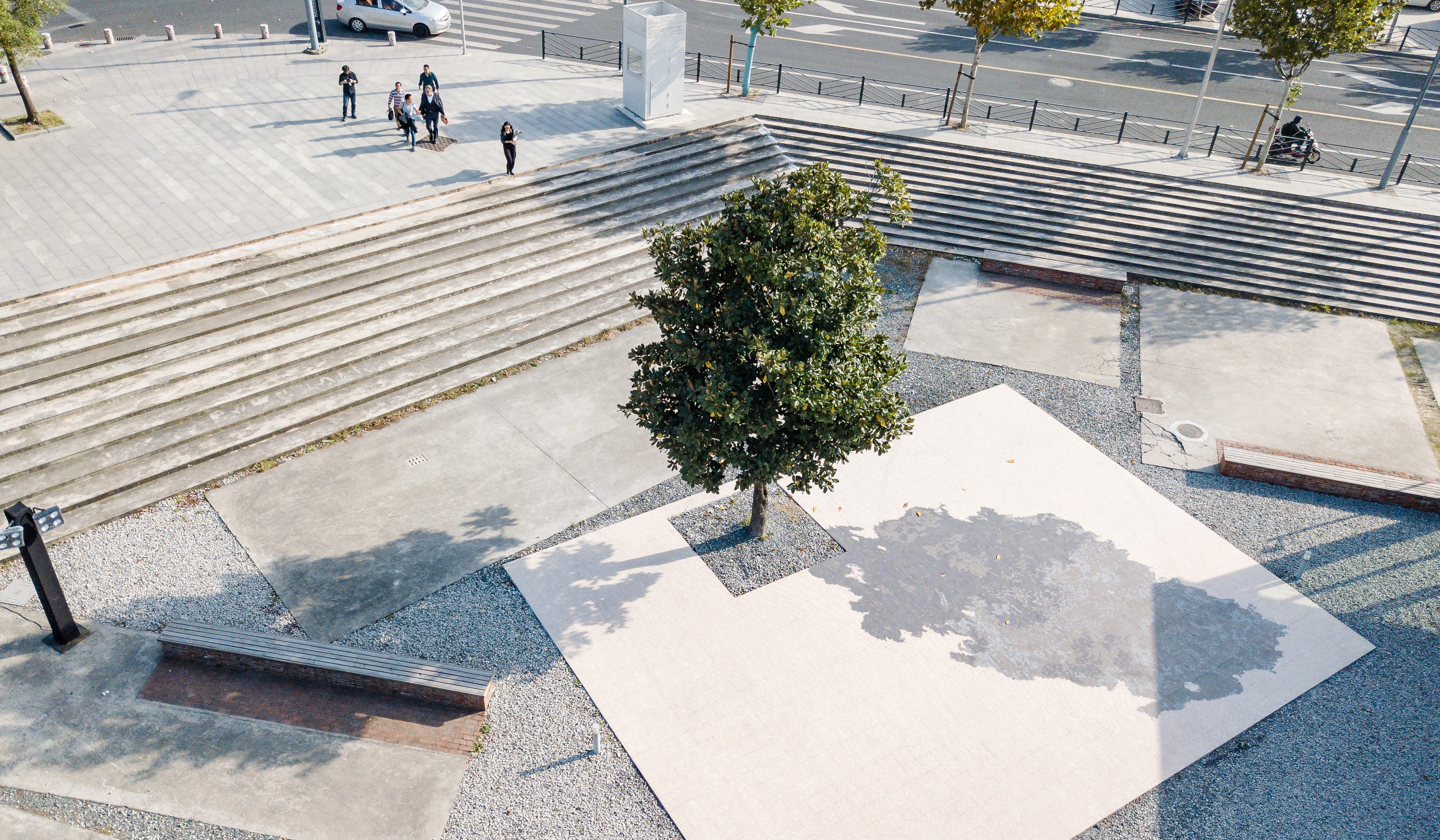
2017
Mosaic tiles
1350 x 1020 cm
Installation view at ‘Xiàn Chang’, West Bund, Shanghai, 2017
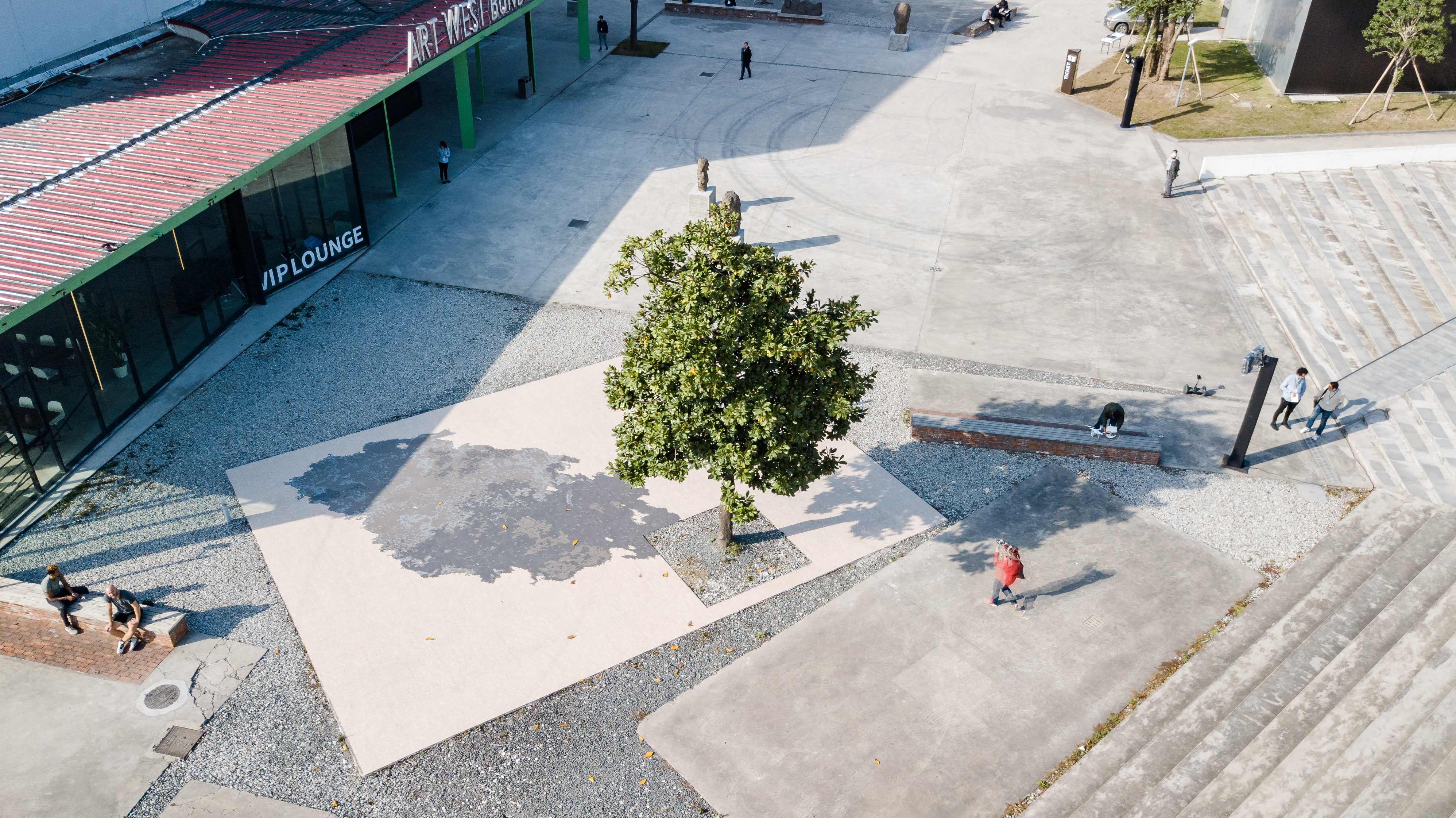
2017
Mosaic tiles
1350 x 1020 cm
Installation view at ‘Xiàn Chang’, West Bund, Shanghai, 2017
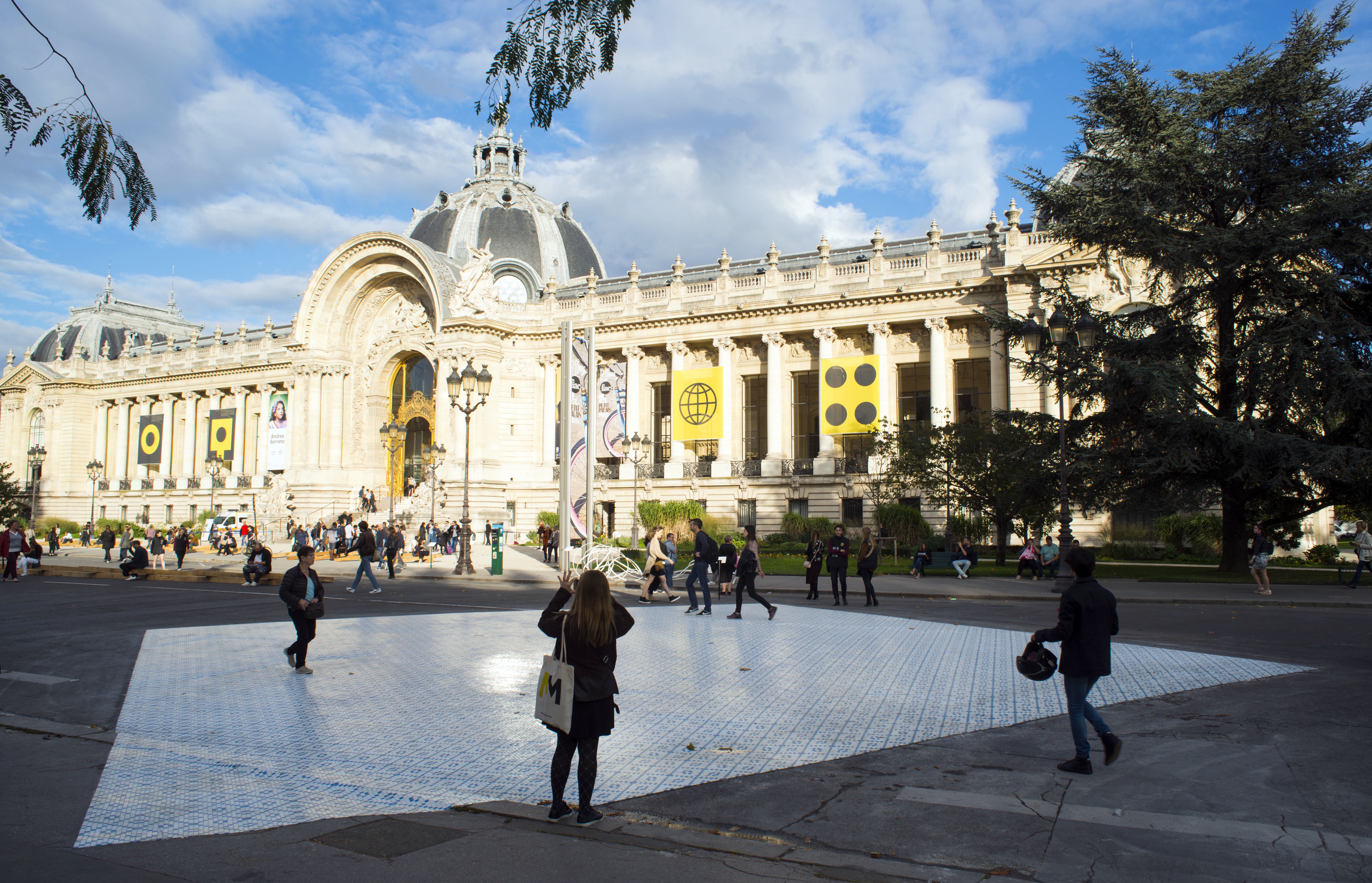
2017
Mosaic Tiles
12 x 12 M
Installation View
On Site, FIAC 2017, Paris
Courtesy of the artist
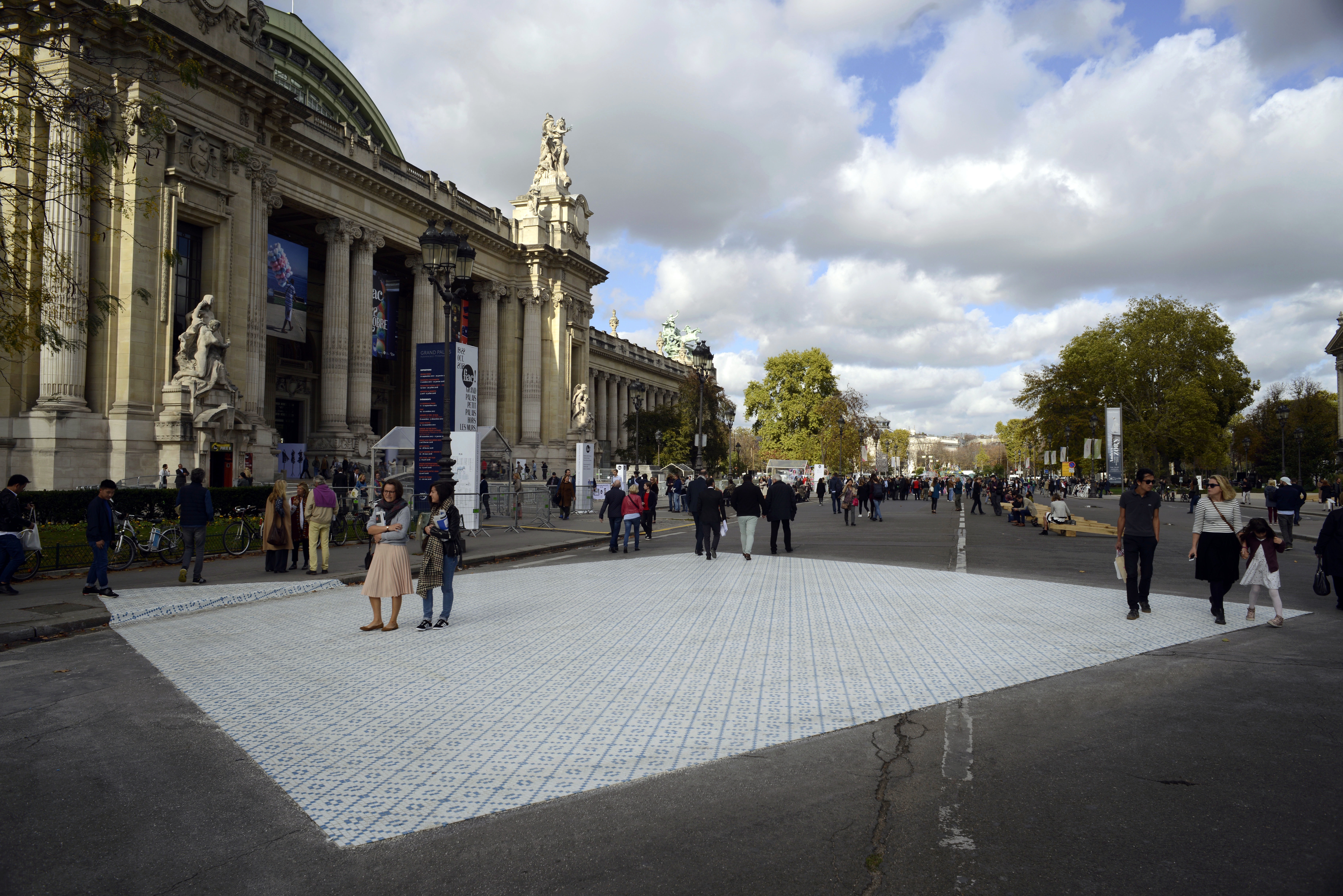
2017
Mosaic Tiles
12 x 12 M
Installation View
On Site, FIAC 2017, Paris
Courtesy of the artist

2017
Mosaic tiles, chairs, curtains, metal pillars
1650.5 x 330 cm

2017
18 pieces of Mosaic tiles
Approx. 30 cm x 30 cm (each)
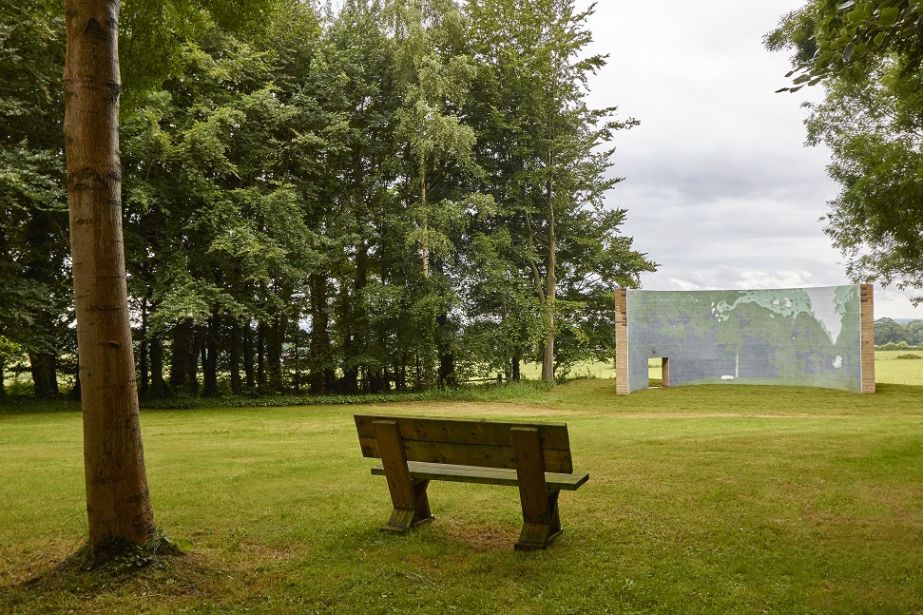
2016
Concrete and mosaic tiles, 8.4 x 4.2 x 4 m
Installation at Cass Sculpture Foundation, West Sussex

2016
Mosaic tiles,
Dimensions variable
Installation at Sifang Art Museum, Nanjing

2016
Mosaic tiles,
Dimensions variable,
Installation at Red Brick Art Museum, Beijing
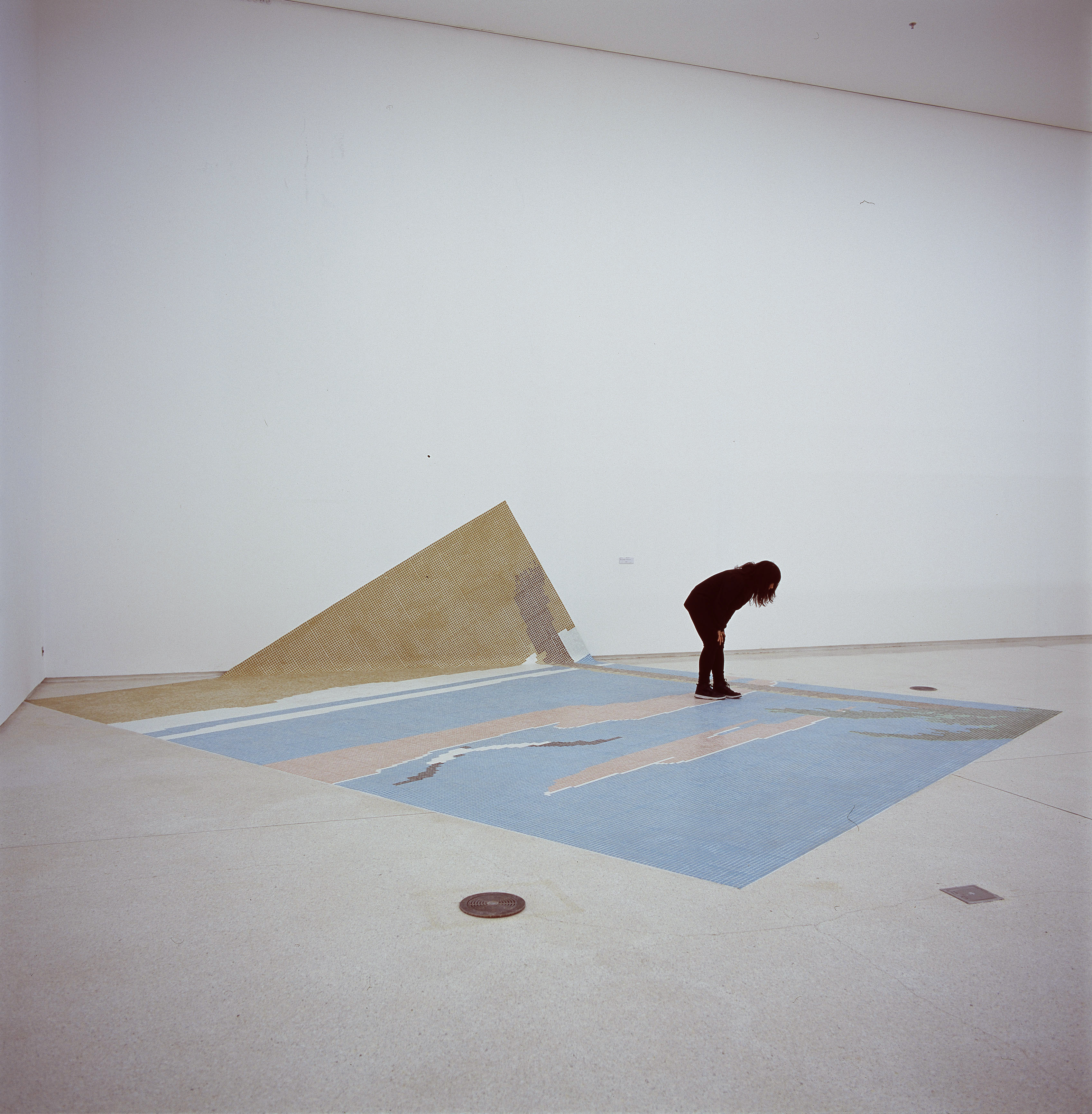
2016
Mosaic tiles,
Dimensions variable,
Installation at Red Brick Art Museum, Beijing

2015
Dimensions variable
Paint, wood, aluminium
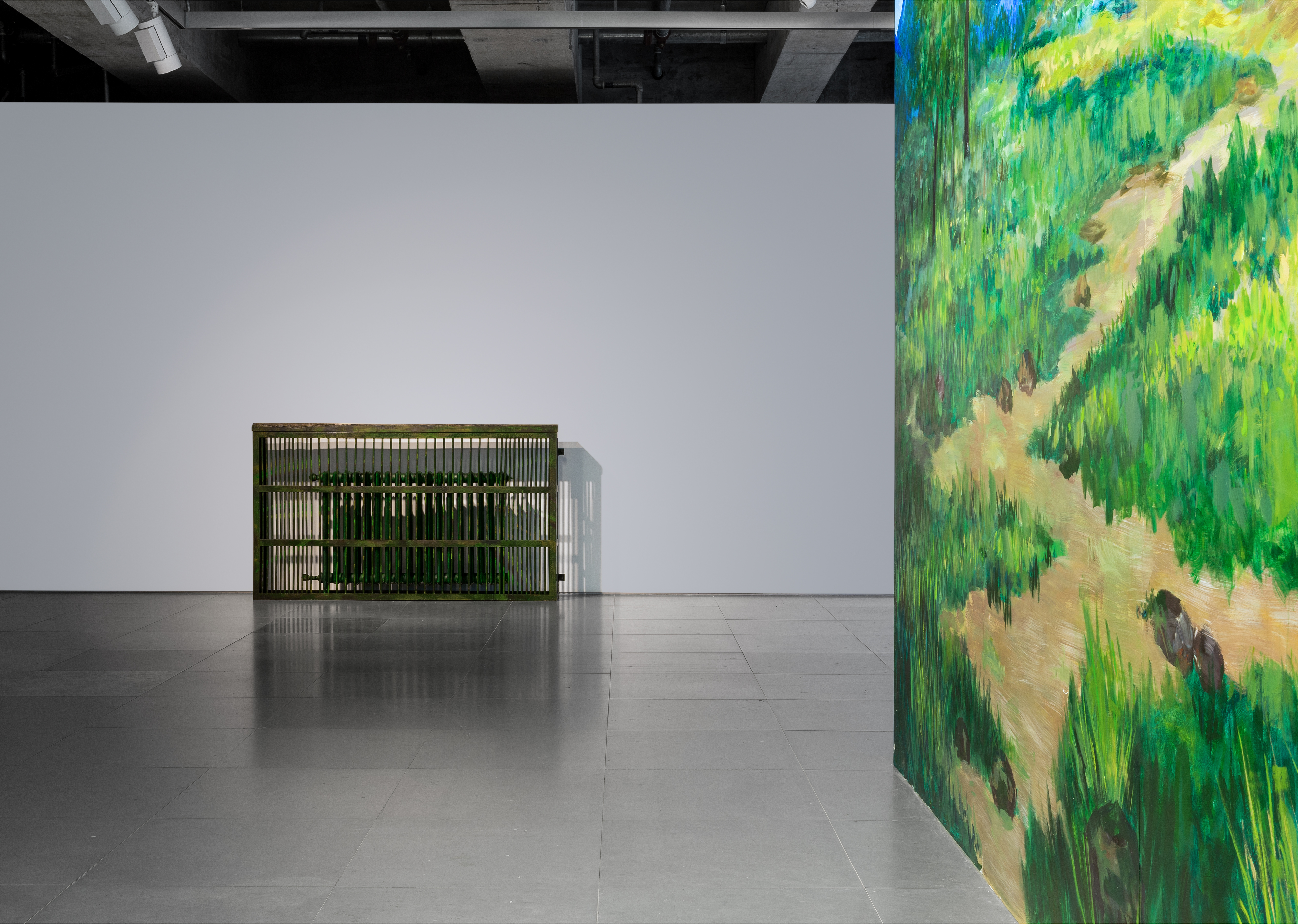
2015
Dimensions variable
Paint, wood, aluminium

2015
Dimensions variable
Paint, wood, aluminium

2015
Dimensions variable
Paint, wood, aluminium

2014
Dimensions variable
Plywood, Acrylic mirror, PVC lettering
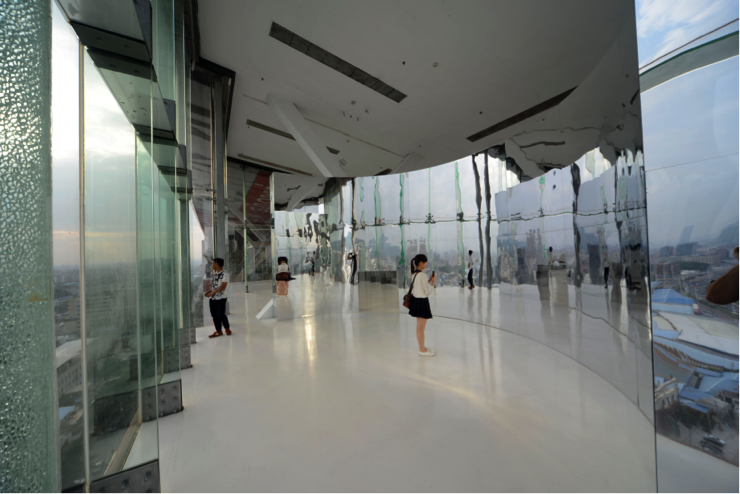
2014
Dimensions variable
Plywood, Acrylic mirror, PVC lettering
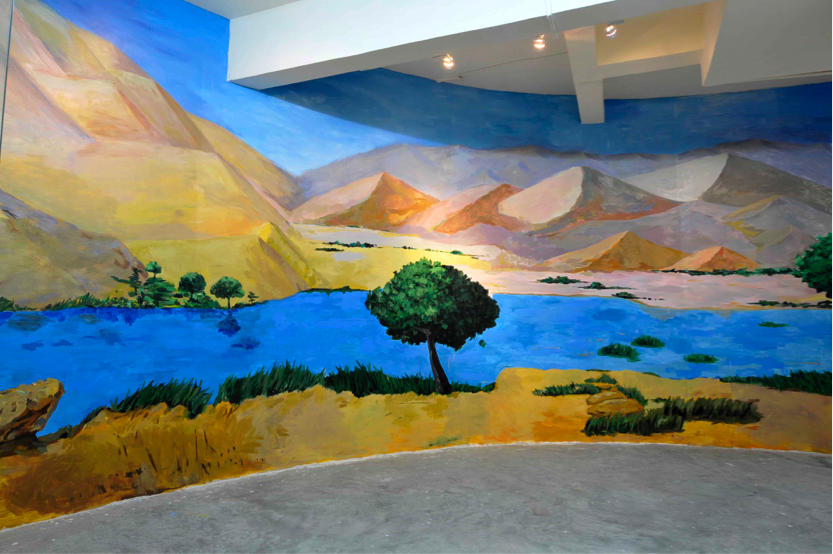
2013
850 x 350
Plywood curved wall, Acrylic painting

2012
Metal structure, tiles
423 x 338 x 16 cm
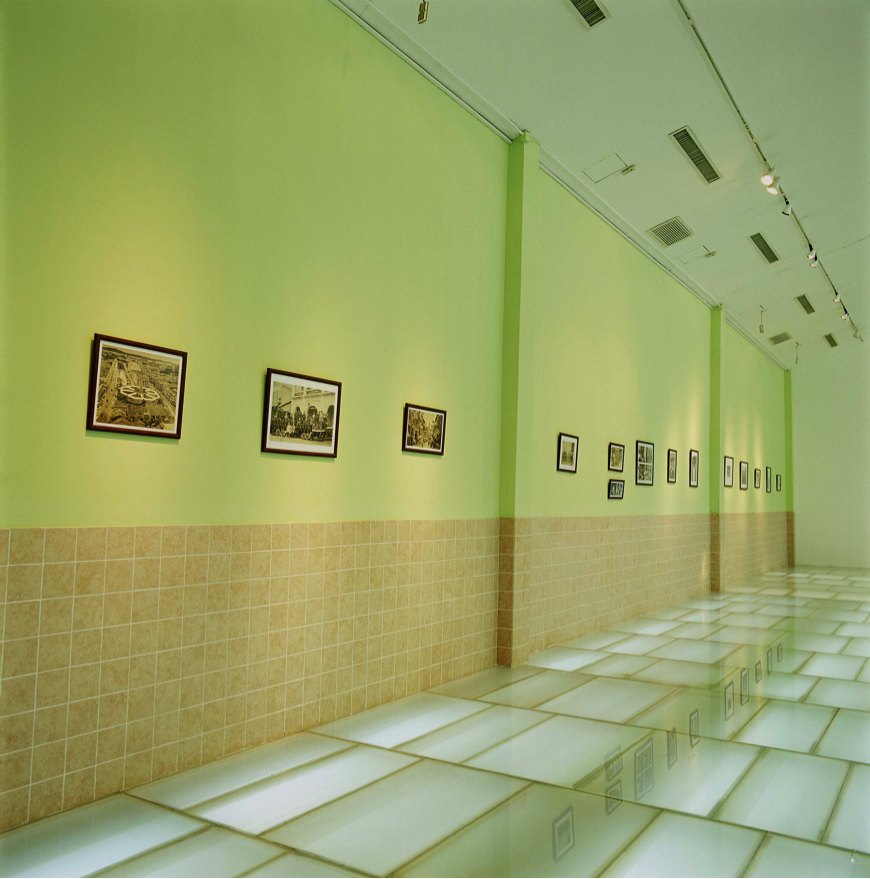
2010
Dimensions variable
Tiles, painted interior walls, wall trim, framed photos
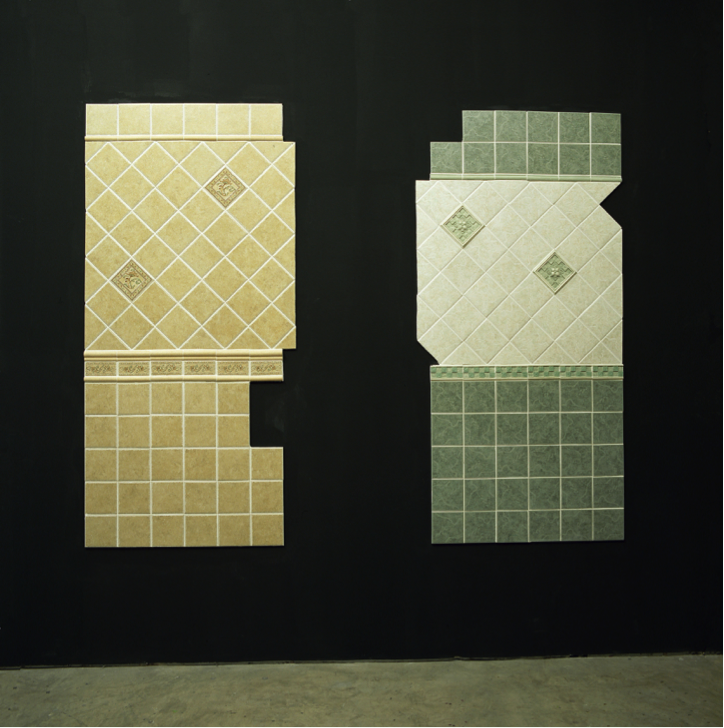
2010
200x90cm
Plywood, tiles
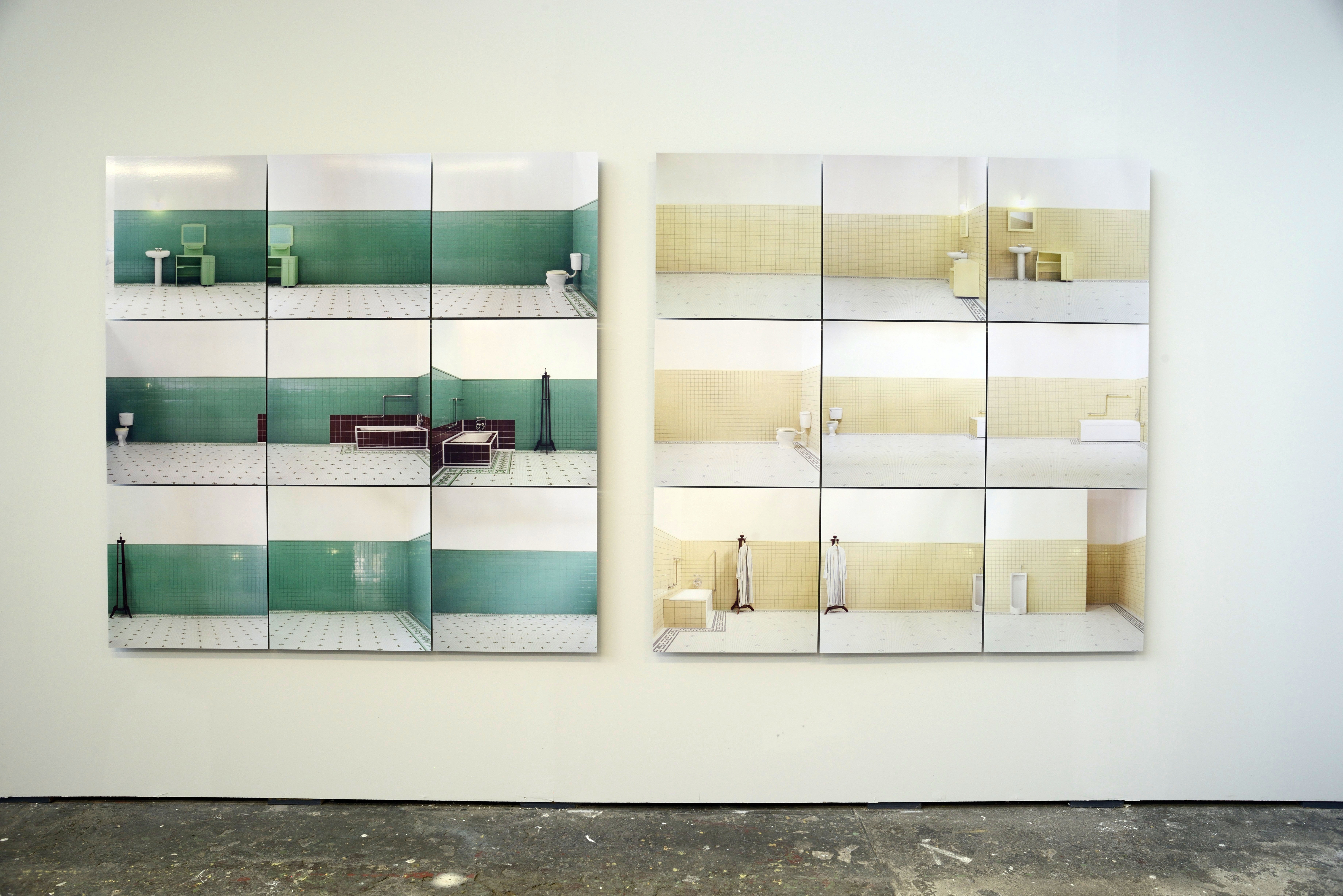
2009
18 images, 60 x 60 each
C-Print
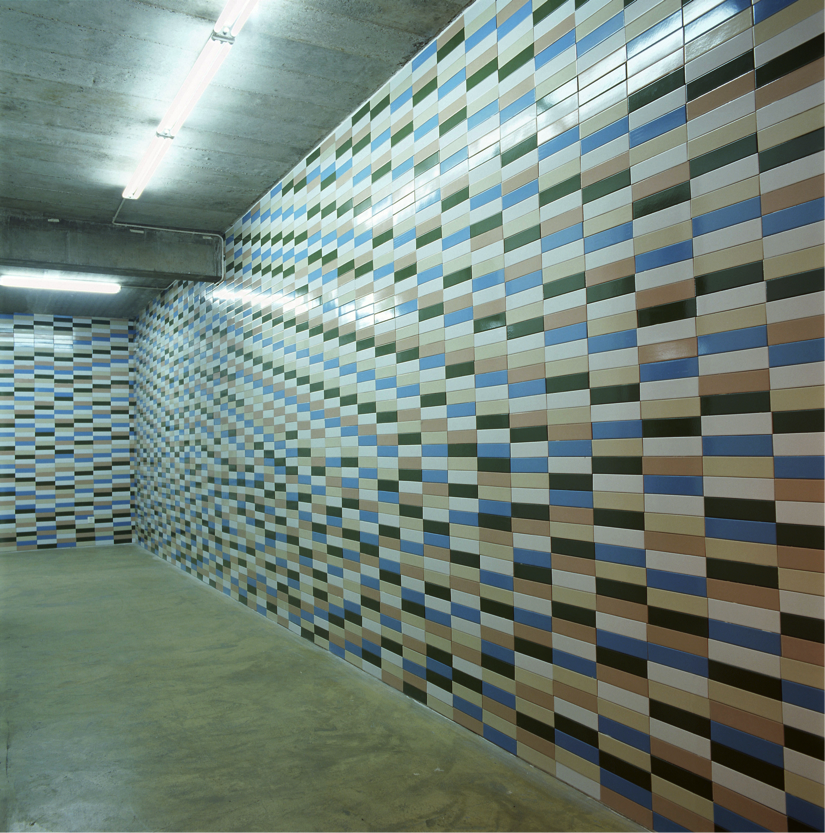
2009-2014
Dimensions variable
Tiles
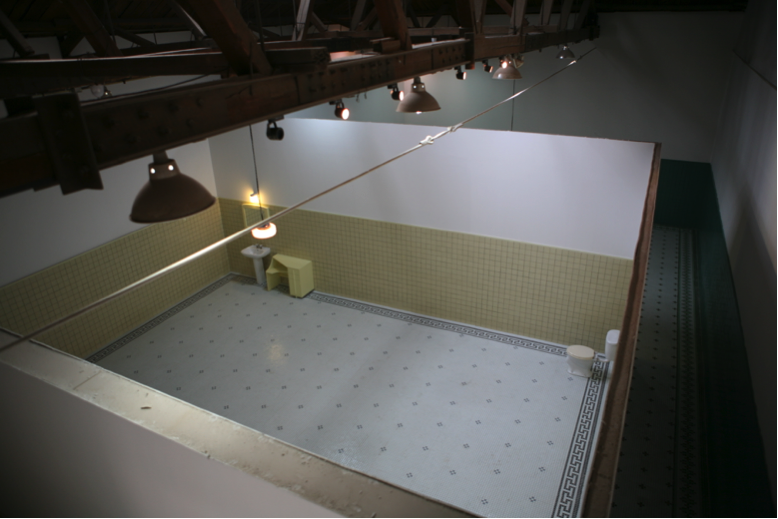
2009
Two rooms, 60sq m each
Tiles, mosaic, sanitary fittings, furniture, lighting, audio

2009
Dimensions variable
Mosaic
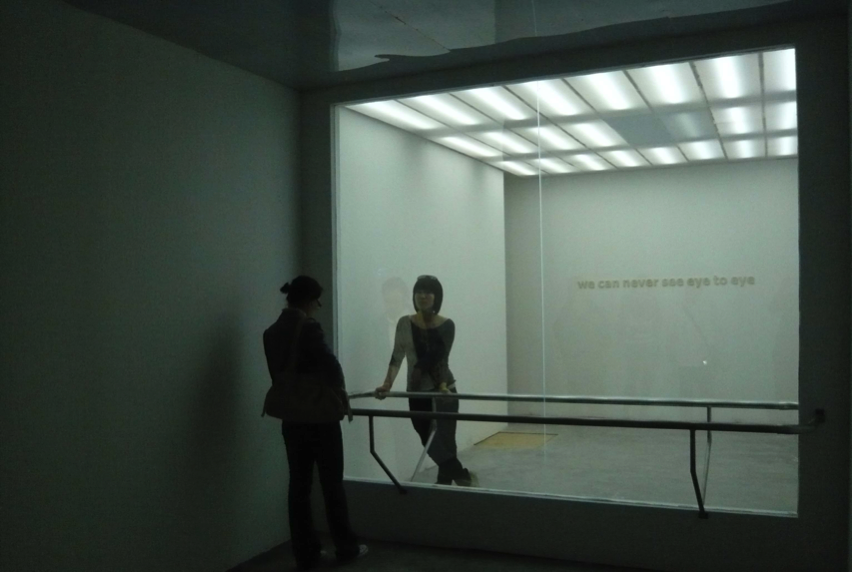
2008
Two rooms, 500x300x300 cm each
Tinted glass, light controller, plastic lettering, metal railing
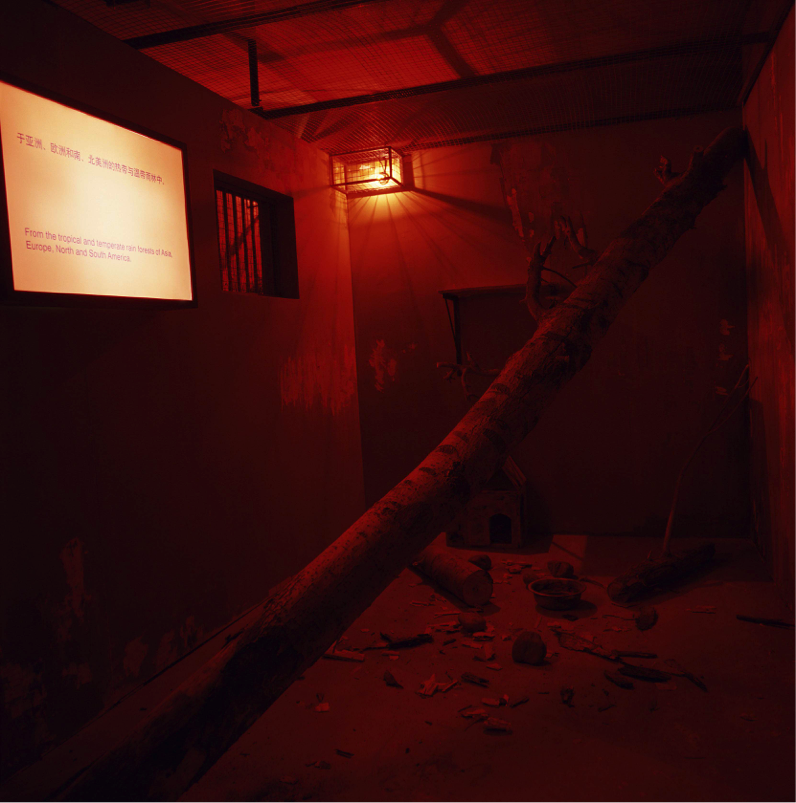
2007
Four rooms, 400x250x300cm each
Lightbox with text, iron, wood, stone, red colour lighting
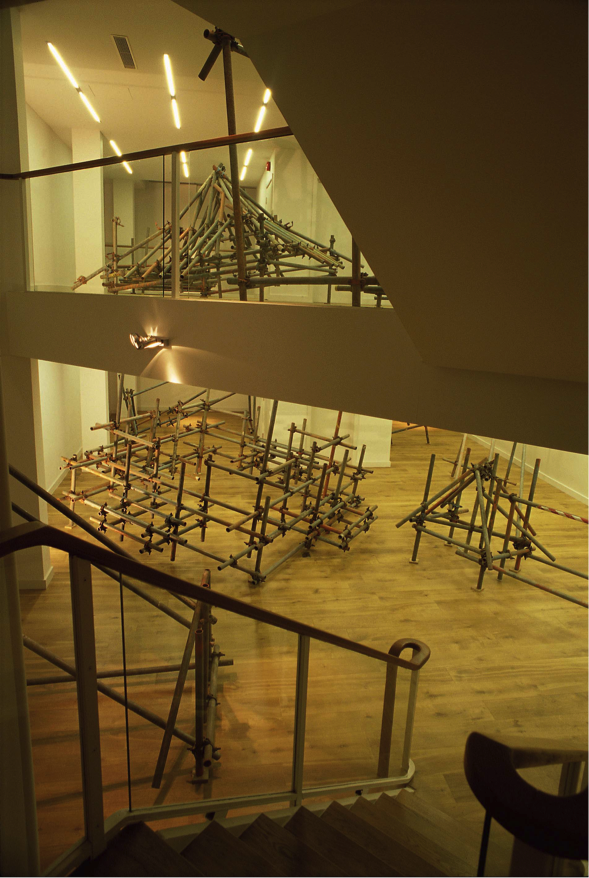
2006-2007
Dimensions variable
Installation
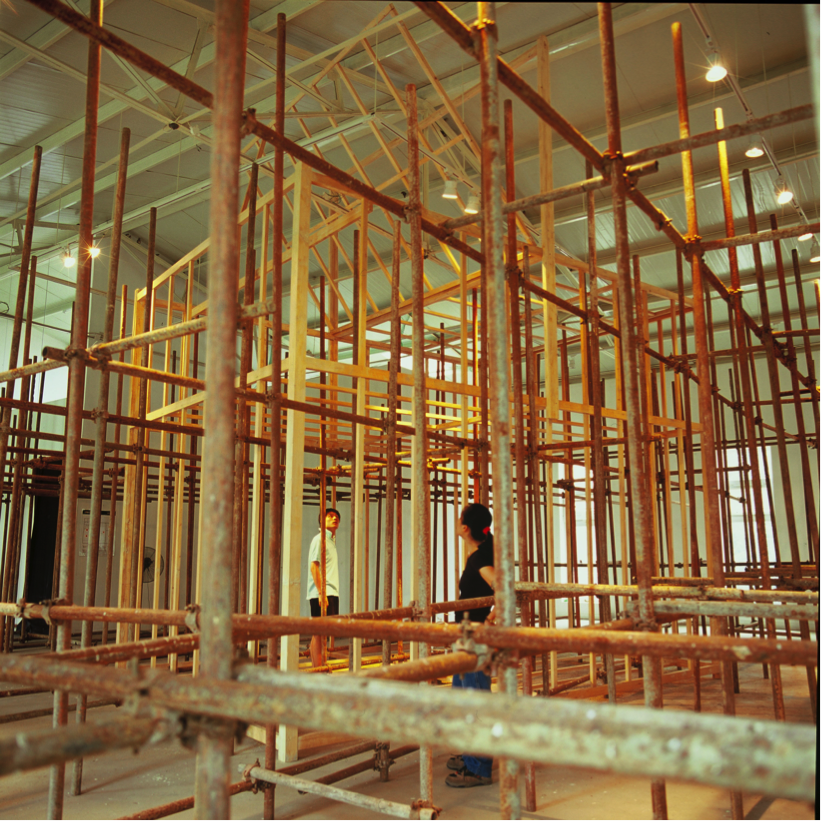
2005
Dimensions variable
Wood, metal scaffolding, birds
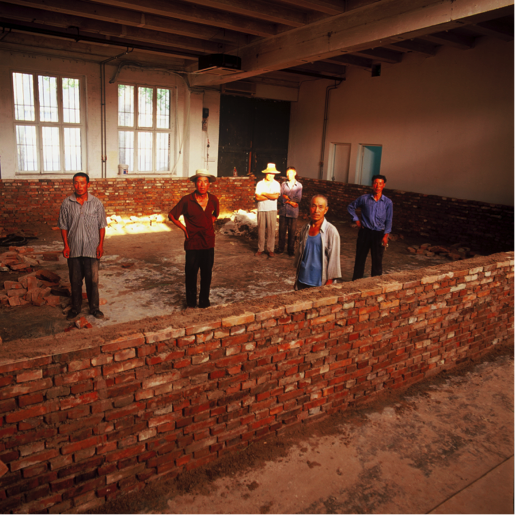
2003
1000x1000x400cm
Brick, sand, lime
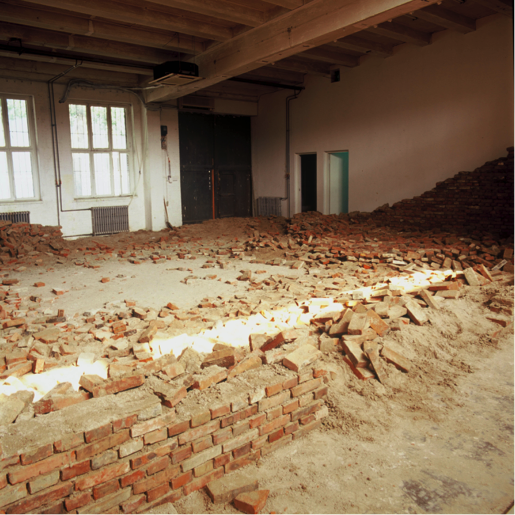
2003
1000x1000x400cm
Brick, sand, lime
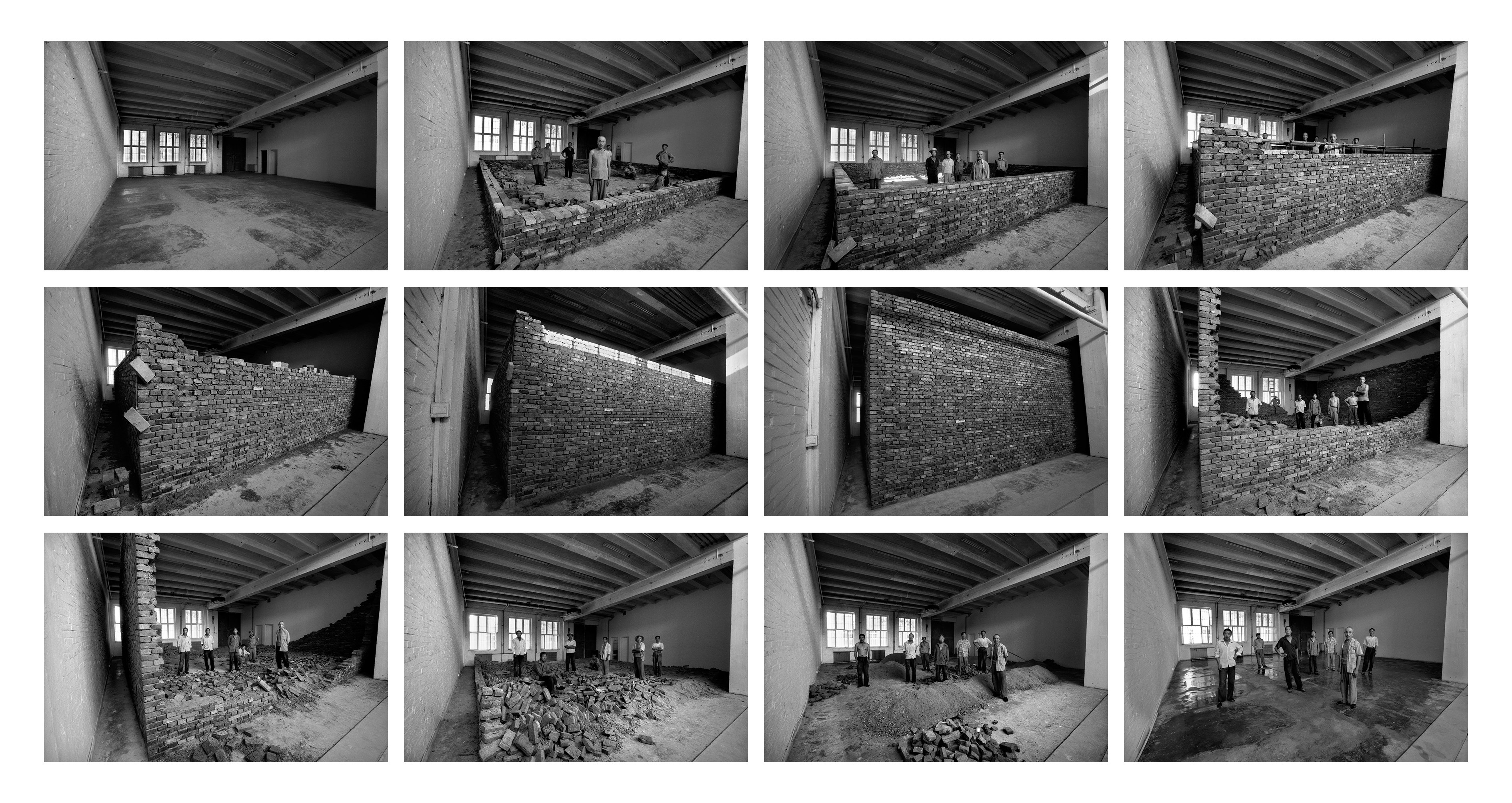
2003
Inkjet print
12 images, 40 x 60 cm each
1 DVD – 12min
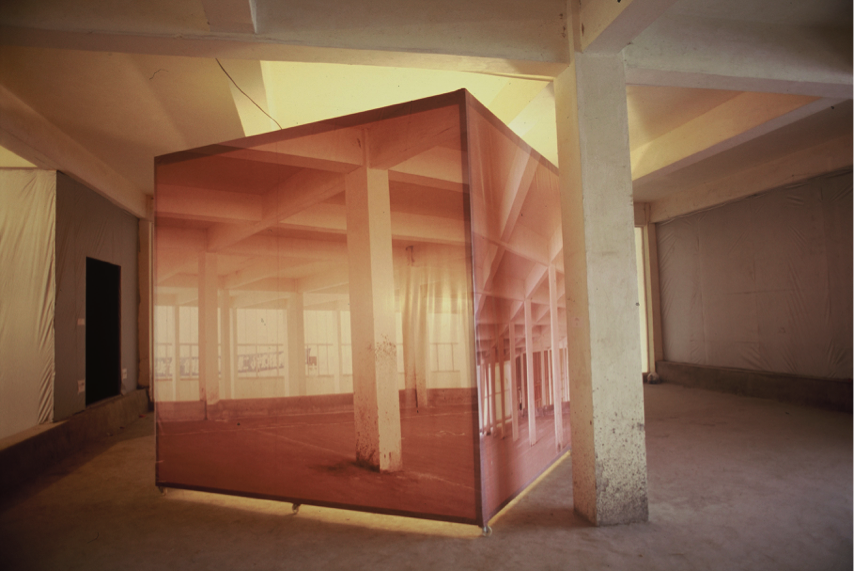
2002
500x300x300cm
Metal frame, ink-jet prnts, lighting